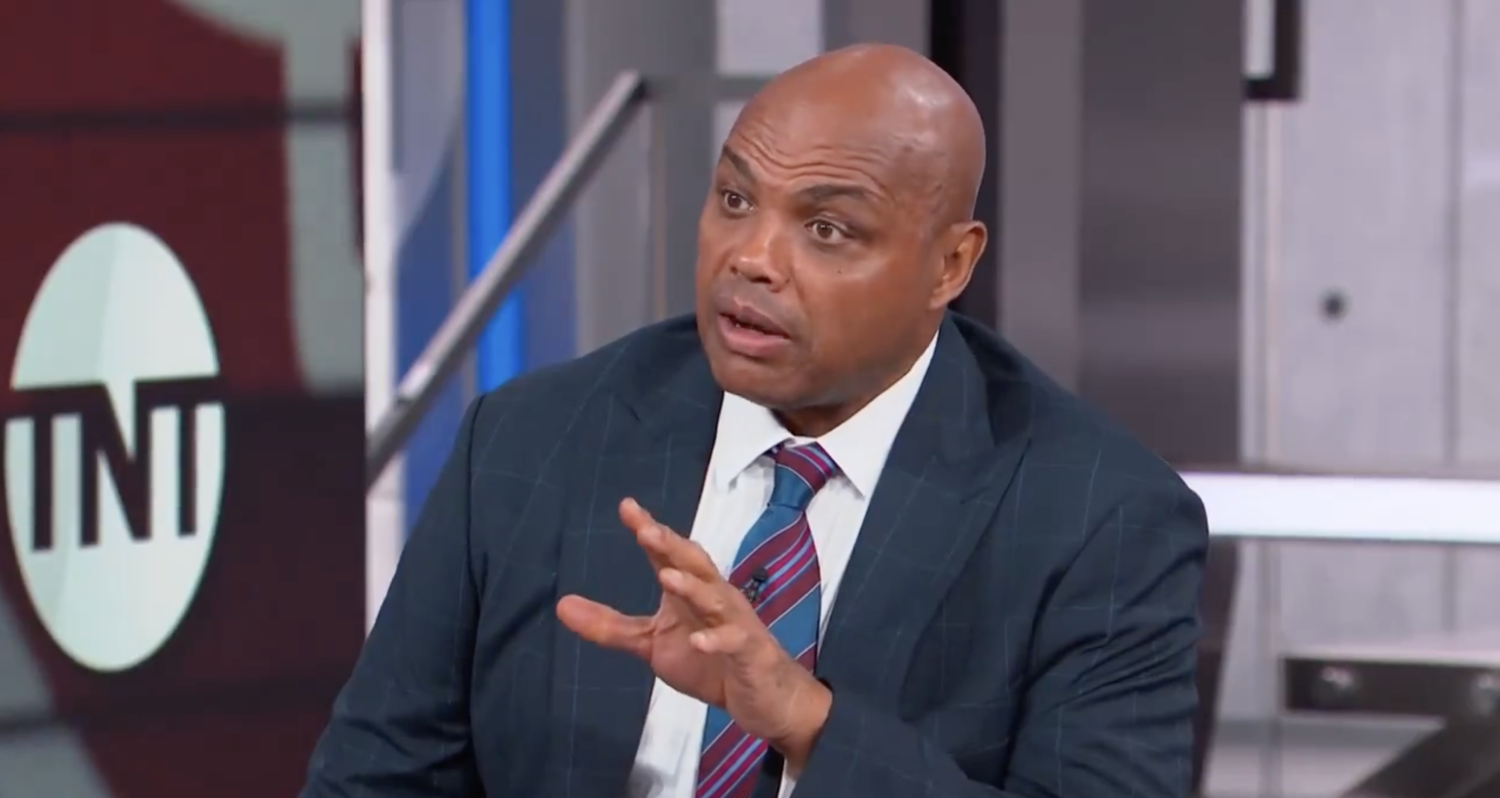It’s no secret that the TV advertising market is getting tougher. While big-audience TV properties are still a desirable target, they’re facing more competition than ever from streaming shows and other web offerings. It doesn’t help that many TV ads get skipped over by viewers watching on DVR, or that even commercials on live events are often either skipped for a food/bathroom break or complained about, or that many streaming services currently don’t have ads disrupting the viewing flow (although that may be changing). So advertisers have to find ways to make their TV ads interesting (see the recent news of serialized Dr Pepper ads with prominent college football figures for one attempt at this), and networks have to find ways to both entice advertisers and make ad content less disruptive or more compelling (see the experiments with less breaks on NFL and Pac-12 broadcasts, or sponsored analysis segments on baseball broadcasts, or “superpod” breaks featuring a single advertiser). Variety‘s Brian Steinberg has an in-depth piece exploring these issues across many networks, but there’s one element in his piece that’s particularly sports-focused, and it has to do with a different kind of branded content promoted by ESPN:
Other networks have shown interest in stitching commercial messages more deeply into their programs. Procter & Gamble was able to place a cause-related message into an episode of ABC’s “Black-ish,” aligning a commercial pitch with a plotline in the script and dialogue spoken by the show’s characters. The network is open to doing more, says Jerry Daniello, senior vice president of integrated marketing, and puts emphasis on creating specific ideas depending on advertisers’ needs and the demands of a particular show.
These concepts can be challenging because they often require weeks if not months of advance work: knowledge of plotlines, the cooperation of the writers room or the right overlap of TV-show story and advertising goals. ESPN has an offer that is akin to real-time product placement. Producers at the sports-media outlet have their hands on constantly changing brews of statistics about players and teams, notes Ed Erhardt, ESPN’s president of global sales and marketing, “and we can literally tweak those in real time as we find out what’s going on and use them with ad messages from someone who is buying a college football game.”
Yes, there could be some basic advertorial potential there; maybe ESPN could show real-time stats from an athlete like Bryce Harper during some of his many commercials. And maybe that would appeal to some advertisers and keep some viewers engaged for a while, but that also might prove to be more of a short-lasting novelty than a long-standing innovation if done specifically that way. However, what if instead of changing what’s on the screen during a particular ad, that real-time data on what’s happening was used to change whether an ad is shown, or which ad is shown?
A lot of the ads during sports events involve athletes, which makes some sense. The whole idea of athlete endorsements is that they’re perceived to have value in promoting a brand to fans, and showcasing that connection during a game is logical. But it’s not necessarily great when those ads come on when the particular athlete (or to a lesser extent, their team) is struggling; if, say, an Aaron Rodgers State Farm ad comes on in a game where he’s thrown several interceptions, that’s presumably not as effective an endorsement, and it’s certainly going to lead to a lot of jokes. If a brand takes a stance that all conversation about an ad is good conversation, maybe that’s okay, but for obvious reasons, brands want to be associated with successful athletes. So what if this kind of “tweak in real time” was about choosing which commercial to show based on how the game’s going? (And if it’s too expensive to shoot multiple commercials with athletes, maybe have a generic one without an athlete that can be subbed in if your athlete spokeperson is performing poorly.)
We’ve already seen this to some extent, specifically with ads for championship DVDs, merchandise et al featuring the appropriate team that run after a title game. And we’ve seen some team-specific pre-game ads, such as Bud Light’s “Royal Proclamations” customized for each of the NFC and AFC championship game participants last year. (We’ve even seen this go wrong, like when the NFL ran a Facebook promo for a Patriots-Vikings Super Bowl.) But the tweak in real time idea could take this further, especially when it comes to ads featuring individual players. For a high-profile, long lead time matchup like the Super Bowl in particular, an advertiser could conceivably shoot an ad with a player from each team and tell the network “run with whoever’s doing better.” Or consider things like Monday Night Football or ESPN’s college football slate; there are ads featuring various NFL players and college coaches that run during those games, but what if the package bought was “X number of runs during games where they’re playing well?” instead of “X number of runs during game X”?
In short, the basic idea of altering the commercials seen during particular sporting events depending on how those events are going would seem to make a lot of sense. And maybe real-time tweaks to the commercials themselves, or projections of stats onto those commercials, has some merit. But thinking even larger to modify if an ad runs or not depending on the depicted player’s performance might be even more interesting. And it might help some of those sponsorships make more of an impact, and lead to less mocking. There’s nothing like having a quarterback who just tossed a pick come on to tell you what kind of insurance to buy, and maybe this kind of approach could help avoid that.
[Variety]






